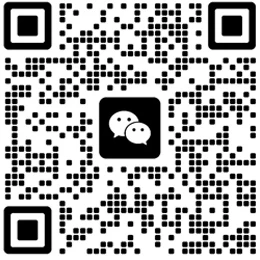Playgrounds are synonymous with joy, laughter, and endless energy. They’re places where kids can run freely, explore new terrains, and make lasting memories with their friends. But did you know that playgrounds can also be a fantastic place for kids to engage with math in fun and meaningful ways? By incorporating mathematical concepts into playtime, children can enhance their math skills while enjoying every swing, slide, and game. Here are some creative ways to weave math into your child’s next playground adventure.
Counting Swings and Slides
Counting is one of the most fundamental mathematical skills, and playgrounds provide numerous opportunities for practice. Encourage your child to count the number of swings or slides in the playground. You can extend this activity by having them count how many times they go down the slide or how many steps it takes to reach the top of the climbing structure. This not only reinforces counting but also helps with an understanding of sequences and numbers.
Measuring Distances
Playgrounds offer various elements that allow for hands-on learning about measurements. Use a measuring tape to determine the length of the seesaw or the height of the monkey bars. Challenge your child to estimate these measurements before revealing the actual sizes. This exercise will introduce basic units of measurement like inches, feet, meters, and centimeters, and help develop estimation skills.

Shape Sorting Adventures
Shape recognition is another crucial part of early math education, and playgrounds are filled with geometric shapes. Point out different shapes such as triangles (slides), circles (merry-go-rounds), squares, and rectangles (climbing frames). You could even turn this into a scavenger hunt, asking your child to find specific shapes around the playground. This kind of exploration helps kids identify and differentiate between various geometrical forms in a practical context.
Time Management Games
Teaching kids about time can be both educational and fun. Create games around timing activities. For example, see who can complete a lap around the playground the fastest, or set a timer for how long they can stay on the seesaw without falling off. Discuss how many minutes they spent playing versus waiting, helping them understand the concept of elapsed time and its importance in daily life.
Adding and Subtracting on the Playground
Addition and subtraction can become engaging when integrated into physical activities. If there are multiple slides of different lengths, ask your child to add up the total length if they were combined. Alternatively, if a game involves taking turns, have them subtract the number of remaining turns from the total. Simple scenarios like these make abstract mathematical operations more concrete and relatable.
Incorporating Patterns
Patterns are everywhere, and recognizing them is vital for developing logical thinking. Look for patterns in the arrangement of tiles on the ground, the sequence of colors on a fence, or the way swings are hung in rows. Encourage your child to notice these patterns and maybe even create their own by arranging stones or sticks in a repetitive design. This activity fosters pattern recognition and prediction skills.
Balancing Acts
Balance is a key element in many playground structures, from seesaws to balance beams. Use these features to teach concepts of equilibrium and weight distribution. Ask your child to experiment by sitting at different positions on the seesaw to see how it affects balance. This practical application can lead to discussions about equal distribution and comparison, which are foundational math concepts.
Incorporating math into playground activities transforms everyday play into enriched learning experiences. The next time you visit a playground with your little ones, remember that it’s not just a place for fun—it’s also an outdoor classroom full of opportunities for mathematical discovery and growth. So let the kids climb, swing, and slide their way through numbers, shapes, and problem-solving challenges, turning every playdate into a delightful math lesson.




